City needs to reduce attractants for bears: Siderius
By Timothy Schafer, The Nelson Daily
The City needs to adopt a wildlife attractant bylaw to reduce the amount of bear conflicts in Nelson neighbourhoods, and mitigate the impact it ultimately has on bear welfare, says a member of the BC Conservation Foundation’s Bear Aware program.
Joanne Siderius called on City council to adopt a bylaw to reduce the range of bear attractants in the city — the presence and storage of garbage on the streets and in yards — to avoid incidents like the four grizzly bears that frequented Nelson neighbourhoods of Uphill and Rosemont this summer.
She said a bylaw regulating the storage and presence of garbage in the yards and on the streets would limit the amount of attractants available and decrease the number of bears searching for food near human homes.
The bylaw would also bring the city in line with communities across the province, Siderius said, including Kaslo which recently adopted such a bylaw.
“In reality, a bylaw is a reflection that society is not happy with the behaviour that you are displaying,” she said. “It’s the way for a society to say, ‘Clean up your act.’ The development of a bylaw would act as a deterrent for those who are not managing their bear attractants properly.”
Siderius also asked council for an amendment to the Waste Management bylaw to include a dawn to dusk clause (no garbage on the curb before 6 a.m. or after 7 p.m.), and that a human and bear conflicts solutions committee be struck.
Garbage is a main attractant for bears in Nelson, followed by fruit. In the last year there were five grizzly bears and several black bears in the city, with 27 calls to conservation officers concerning black bears, and 31 concerning grizzly bears.
The five grizzly bears were relocated but eight black bears were destroyed.
Mayor John Dooley said there needs to be a regional solution to the bear problem.
“For us to do what you are asking us to … the reality is people in the regional areas live ‘rurally:’ lots of fruit trees, lots of composting, burning bylaws don’t exist,” he said. “They are still attracting those animals within a stone’s throw of the municipality.”
He said it should be tackled through the waste management plan currently being touted in draft form by the regional district.
“That’s where the resources are to make a difference,” he said. “It can be an important piece of your puzzle. There is a bigger opportunity here. You can have greater success throughout the whole region.”
Siderius said she will be approaching the Regional District of Central Kootenay board of directors and has provided input on the draft Resource Recovery Plan now in circulation.
“But public will plays a greater role,” she said.
And the human and bear conflict solution committee would be the ideal place to pull all of the resources together, she noted.
Animal attractants include:
• Antifreeze; paint, food products, food waste, unclean barbecues, pet food, livestock and livestock feed, beehives, offal, bird feeders containing food (between April 15 and Dec. 1), improper compost, grease barrels that are accessible and accumulation of fruit on the ground.


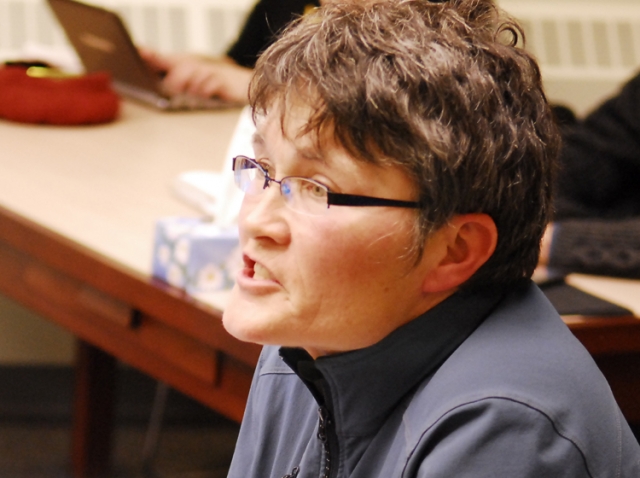
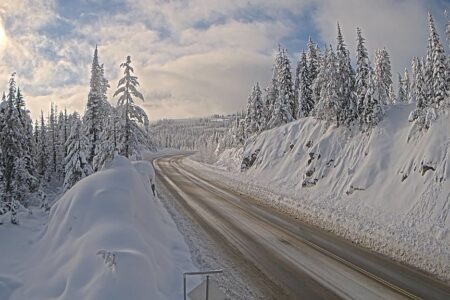
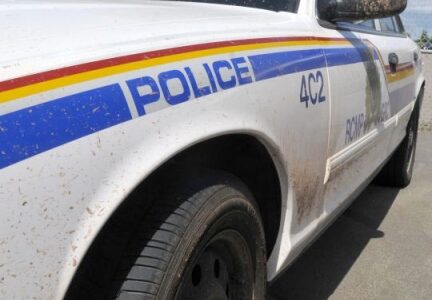

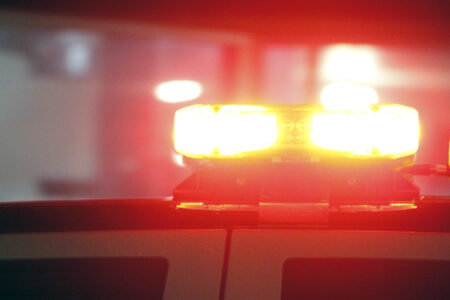










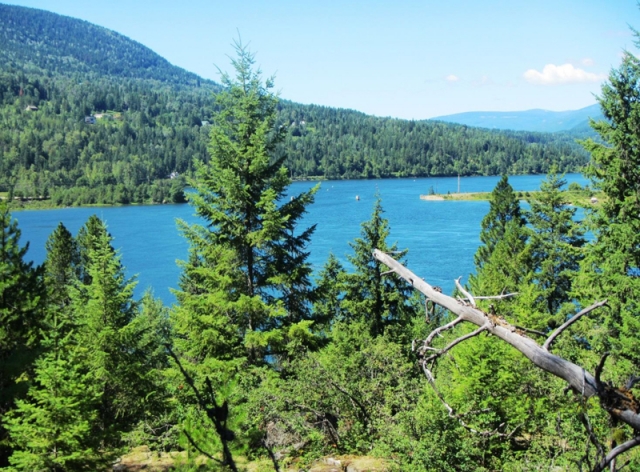






Comments